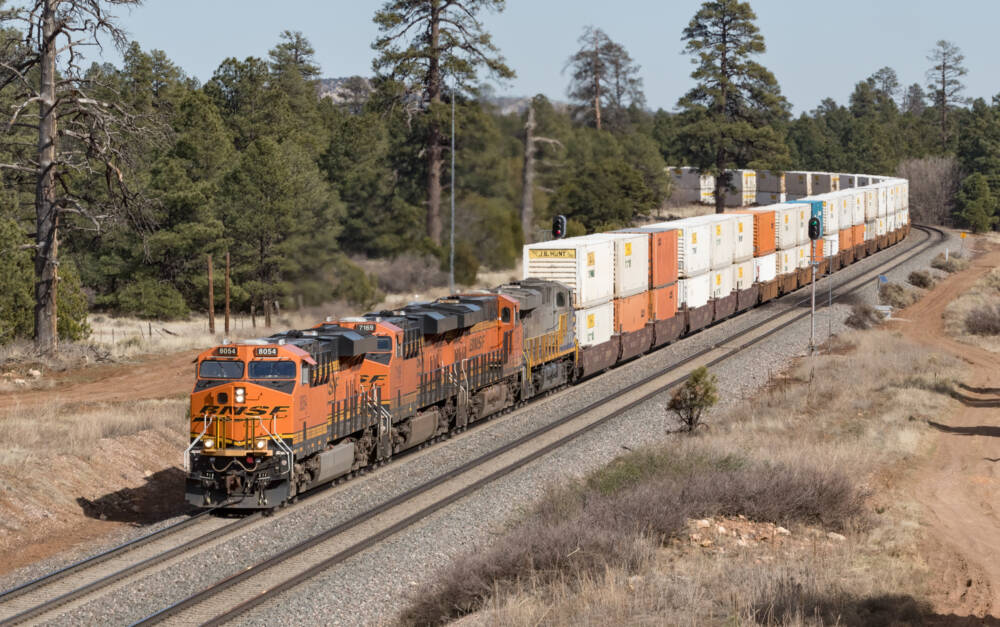
The roots of GE’s ES44C4 and ET44C4 locomotives reach back to the transition period in the late 1990s and early 2000s, when North American railroads were slowly converting from DC traction to AC traction six-axle road units and locomotive builders sought ways to completely eliminate six-axle DC locomotives from their order books.
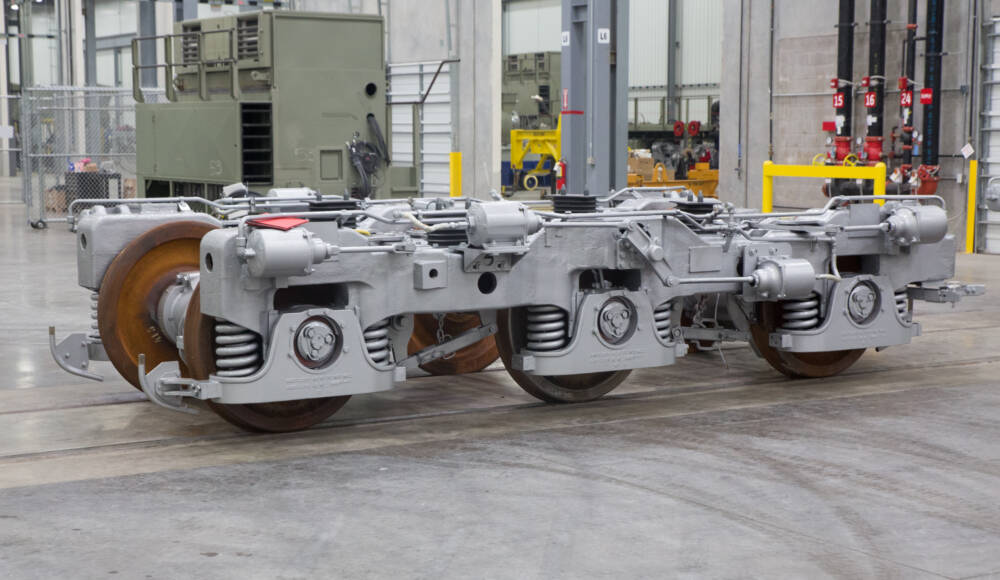
The answer came in the form of six-axle AC locomotives using only four traction motors. At the time, there was a price premium on AC technology and eliminating two traction motors and related equipment would reduce the cost and in theory, provide the same pulling power as a comparable six-axle DC traction locomotive. Enter General Electric’s A1A trucked ES44C4 model, using idler axles in the middle of each three-axle truck that can be mechanically raised and lowered slightly to adjust the amount of weight applied to the powered axles.
While the ES44C4 took two years to develop in the late 2000s, the plan to introduce a model that would replace DC traction locomotives started almost a quarter century ago. Four, five and six-axle concepts were considered and as early as 2001, a five-axle concept was presented to BNSF for evaluation. While GEs five-axle concept wasn’t accepted, the company pushed ahead with its DC replacement plans with the end result was 25 pre-production ES44C4s assembled in 2009 and delivered to BNSF for extensive testing. The results were impressive, with BNSF ordering thousands of Tier 3 and Tier 4 models over the next decade and beyond. Software improvements and implementation of a rail cleaning system that blows high-pressure air on the rail head just ahead of the trucks to remove moisture and debris would improve the performance of the C4 locomotives even more.
Unfortunately, the rest of the Class I railroads would pass, with Florida East Coast being the only railroad besides BNSF to purchase the design, 24 of which arrived in 2014. Today, BNSF has ended its purchases of C4 locomotive, the last arriving in 2020. The railroad has shifted back to six traction motor AC locomotives again, this time with extra ballast to increase the amount of tonnage each can pull.
Read more from locomotive expert Chris Guess here.






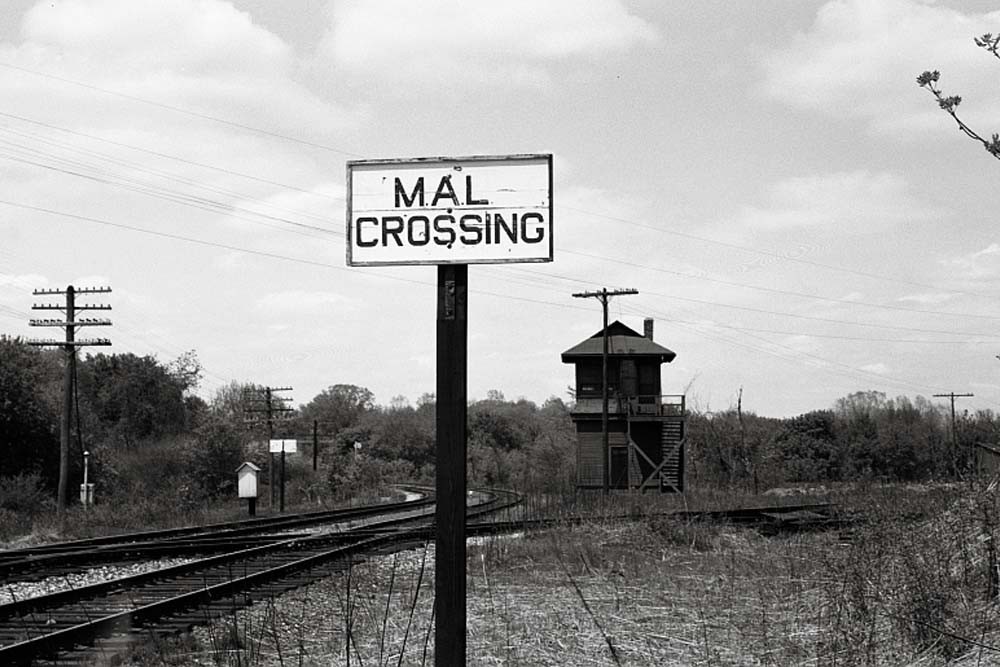
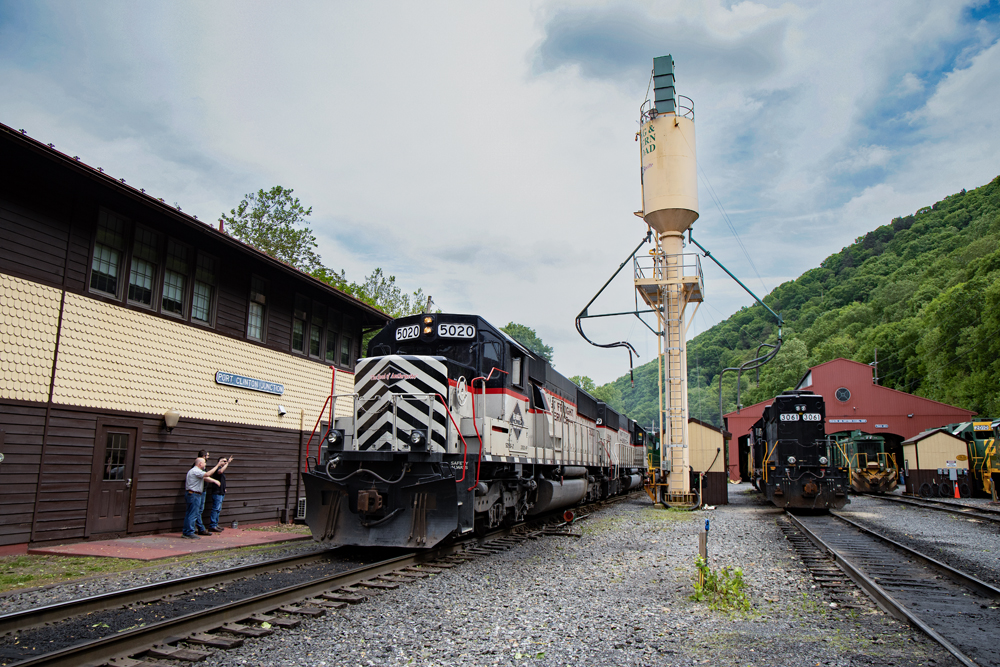
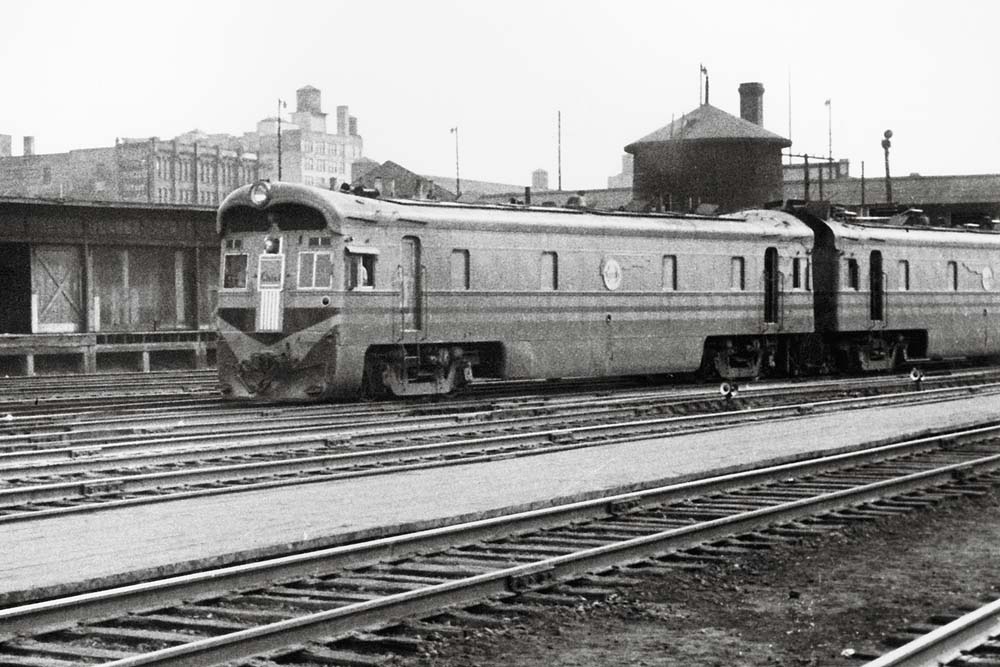
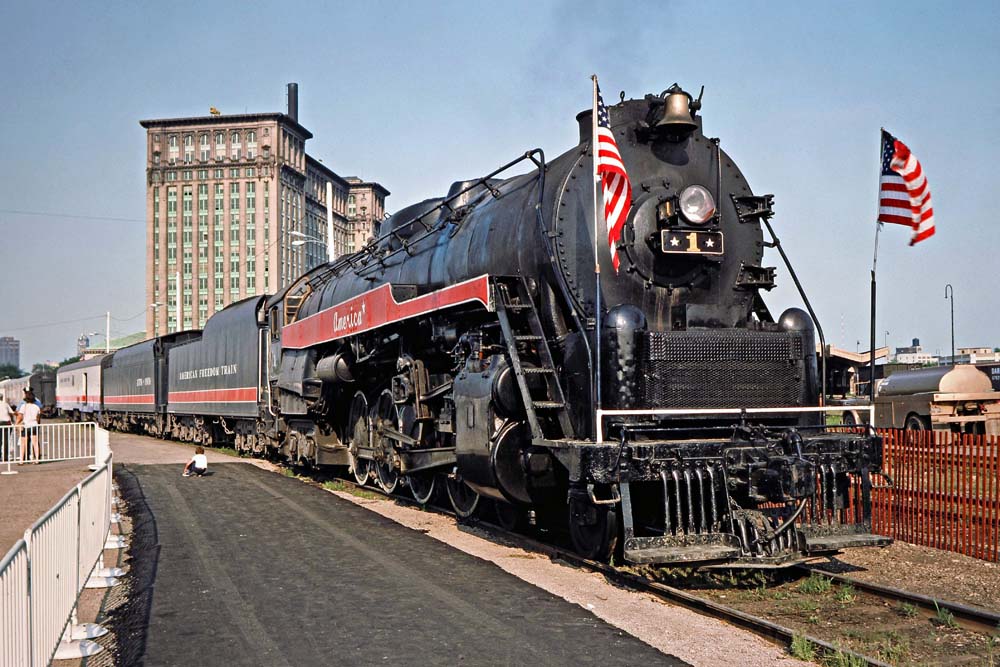
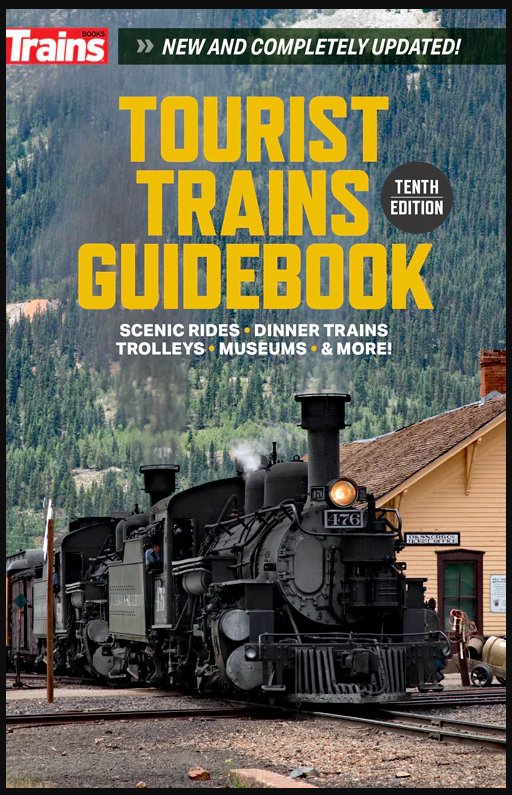
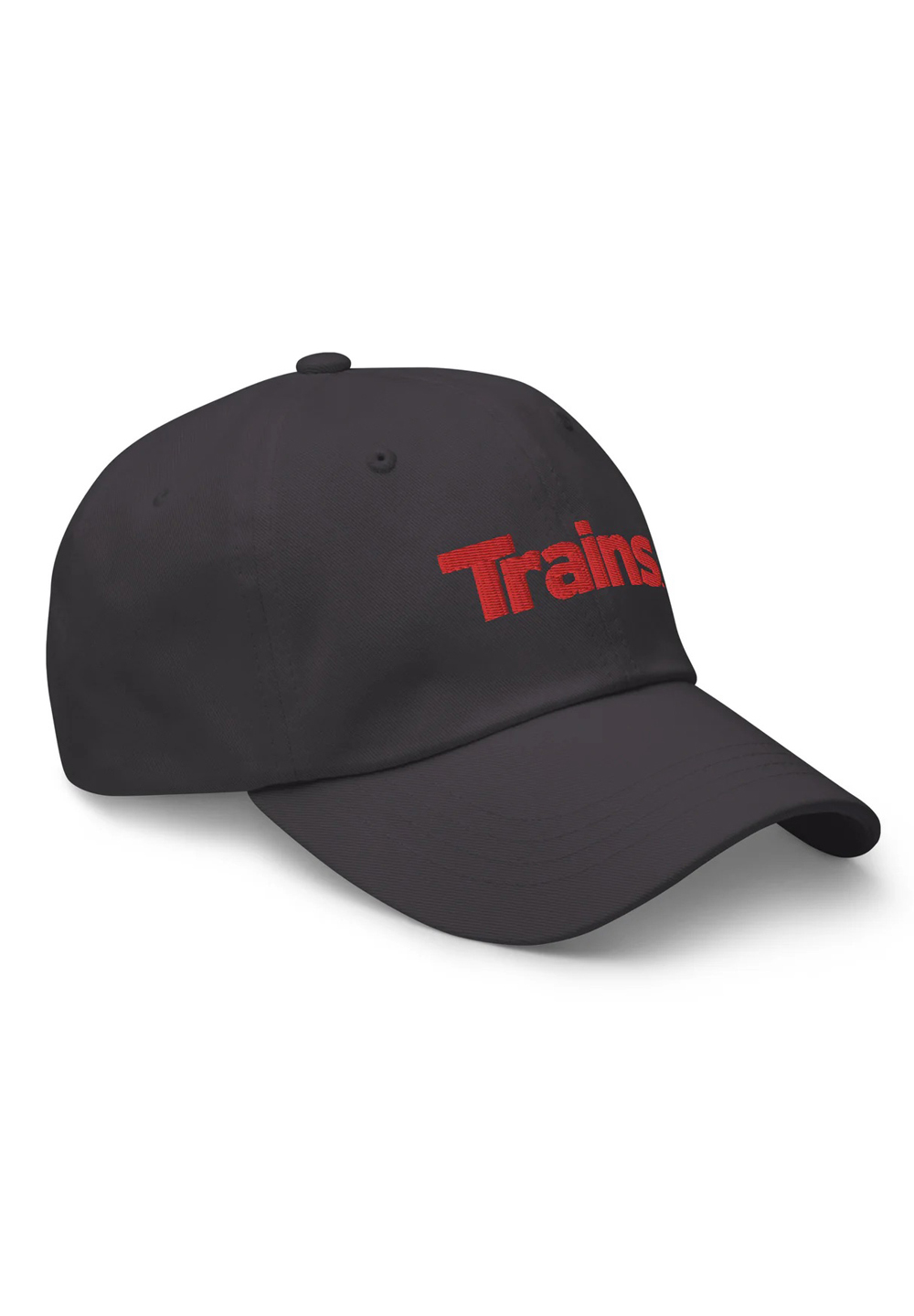
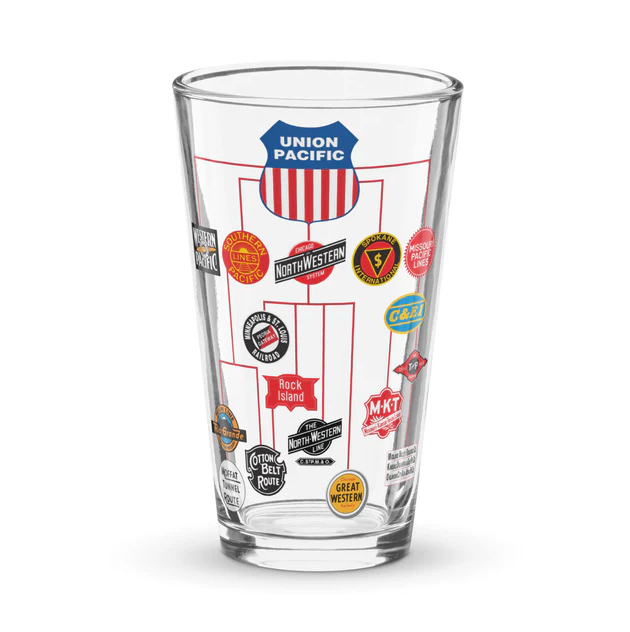
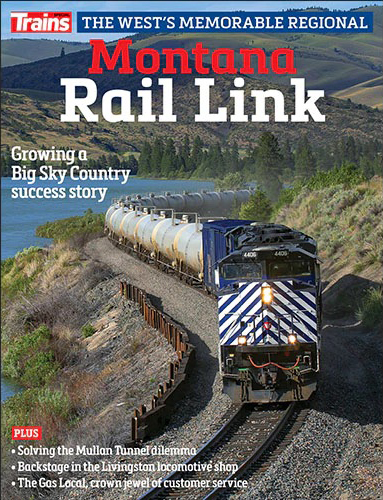
What the article fails to mention…is that the darn things just did not pull!